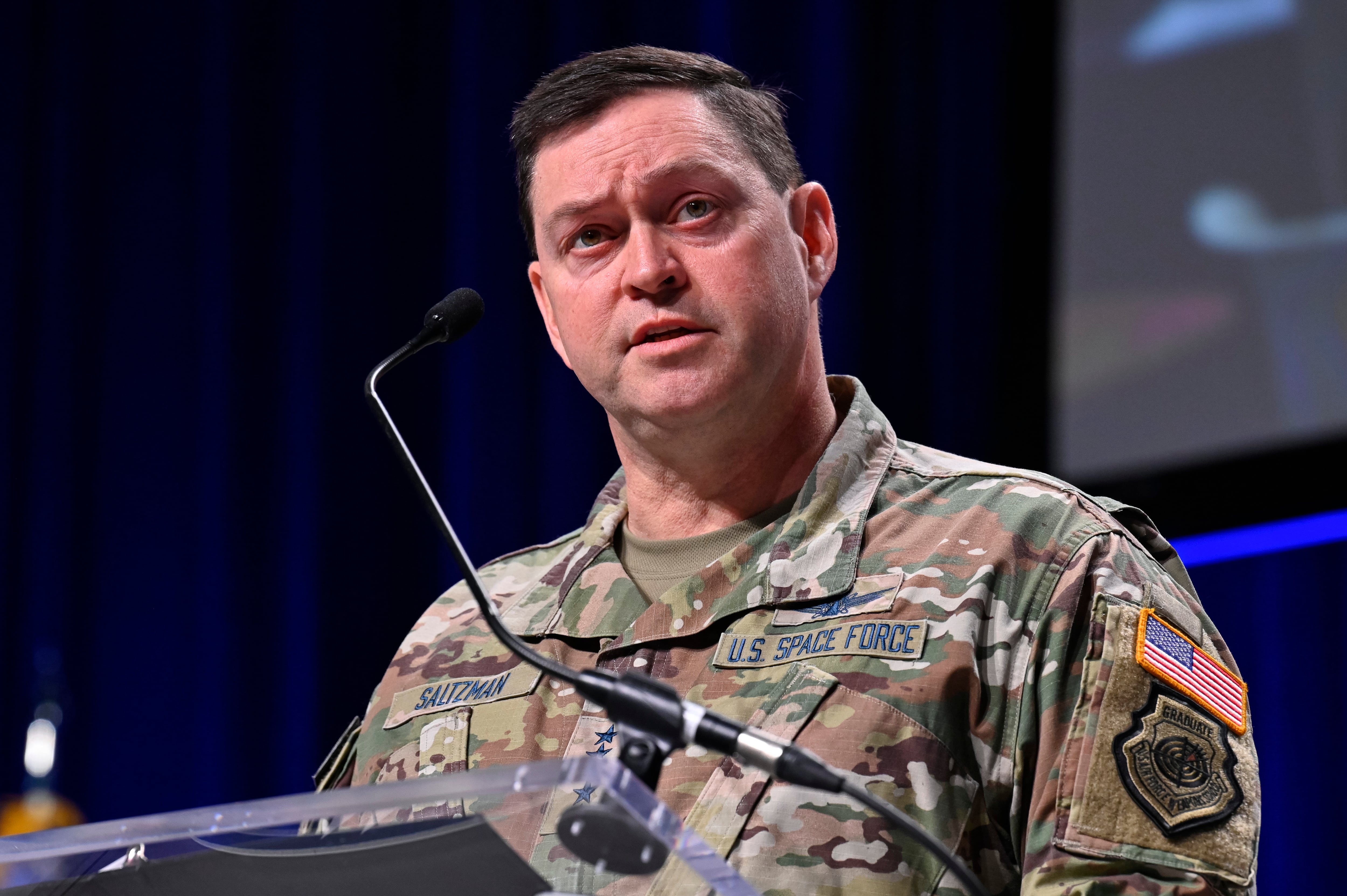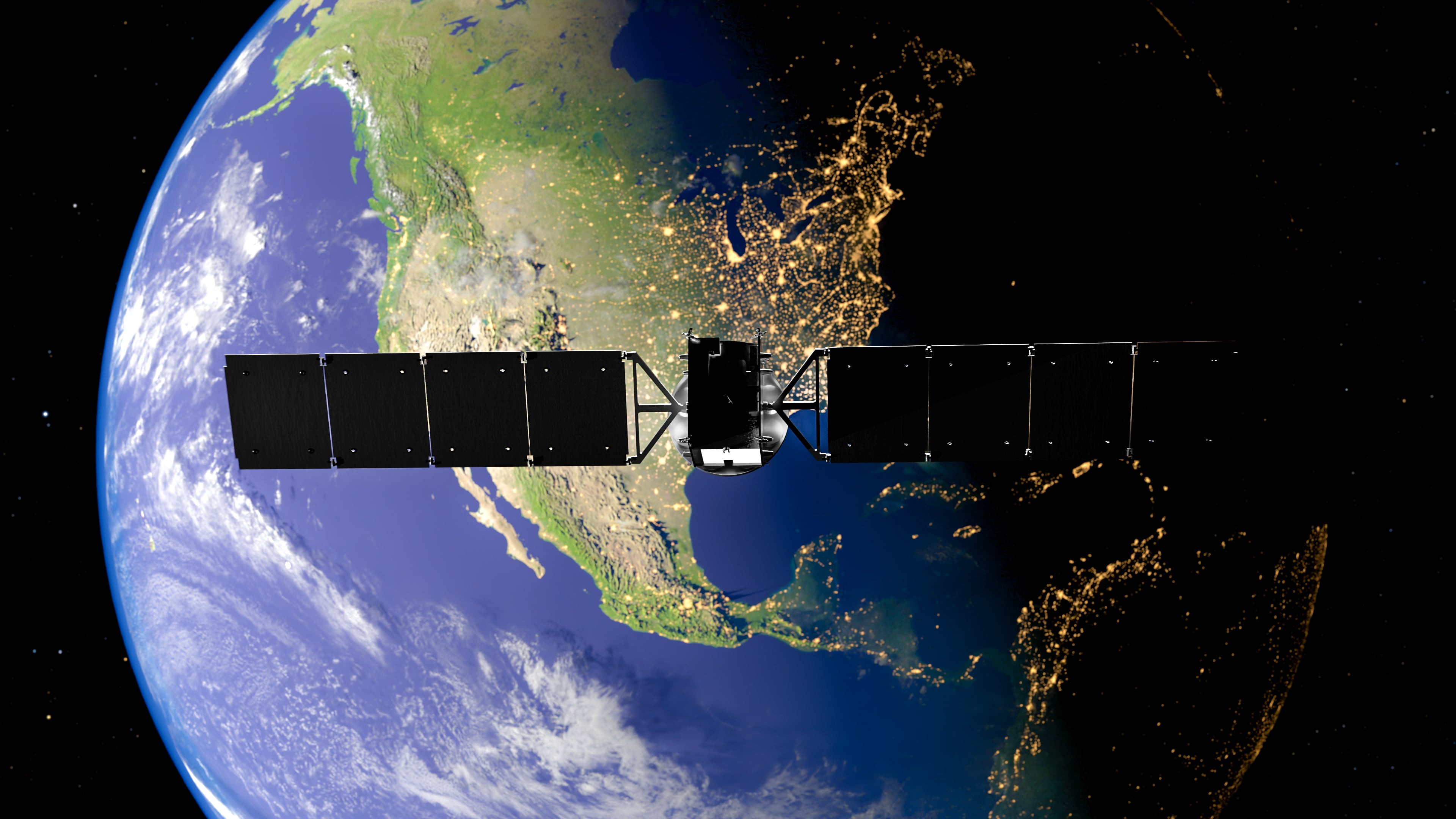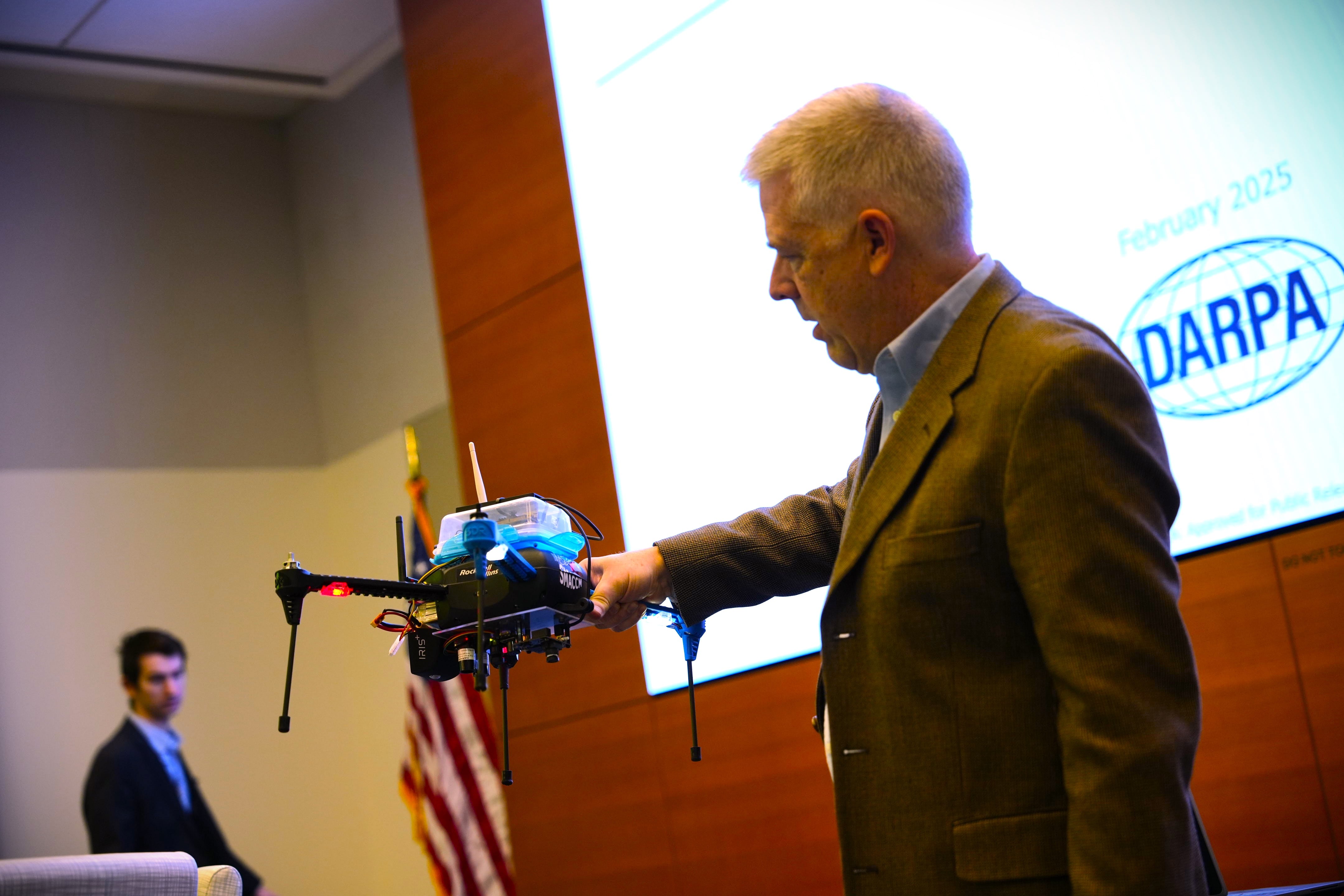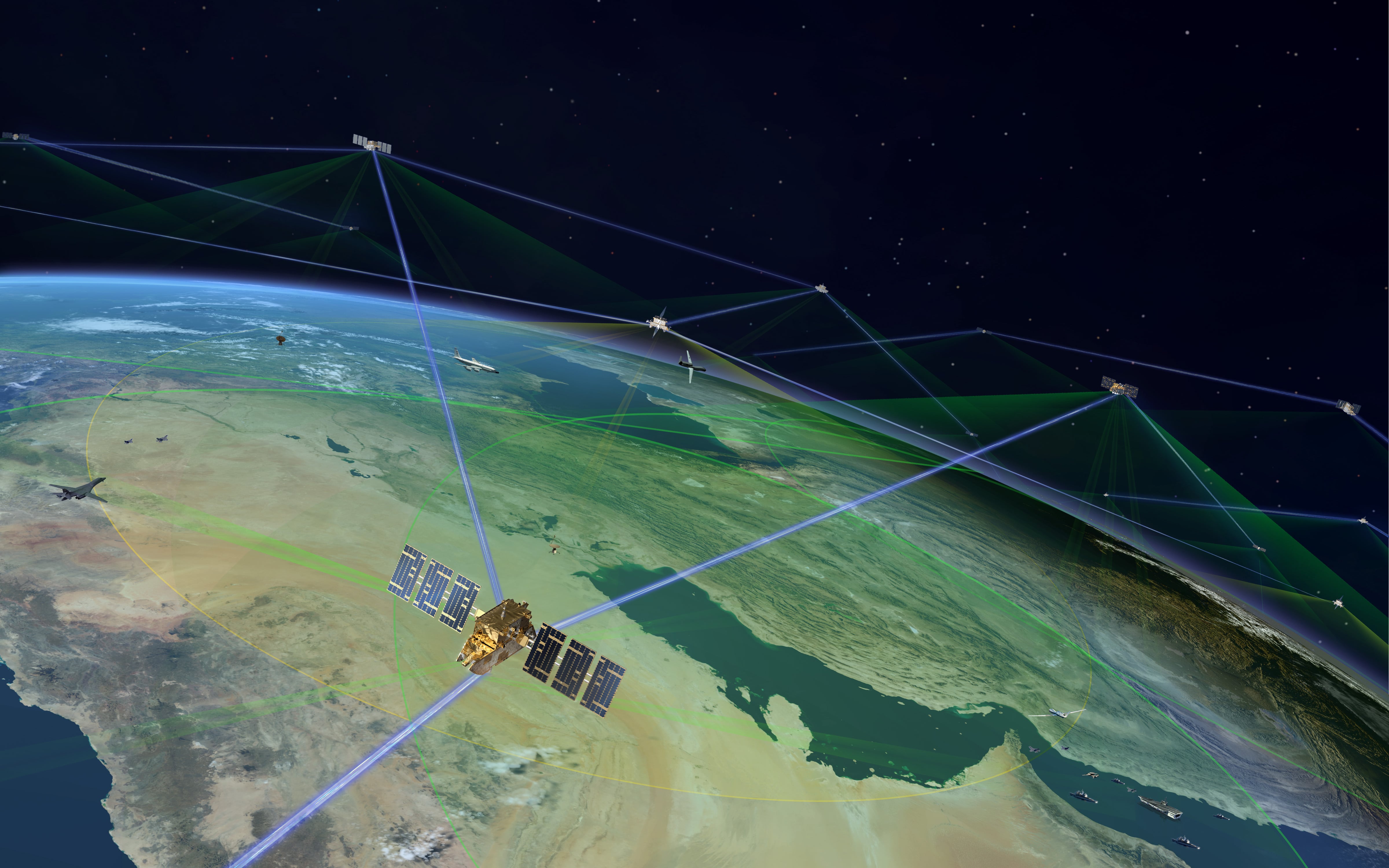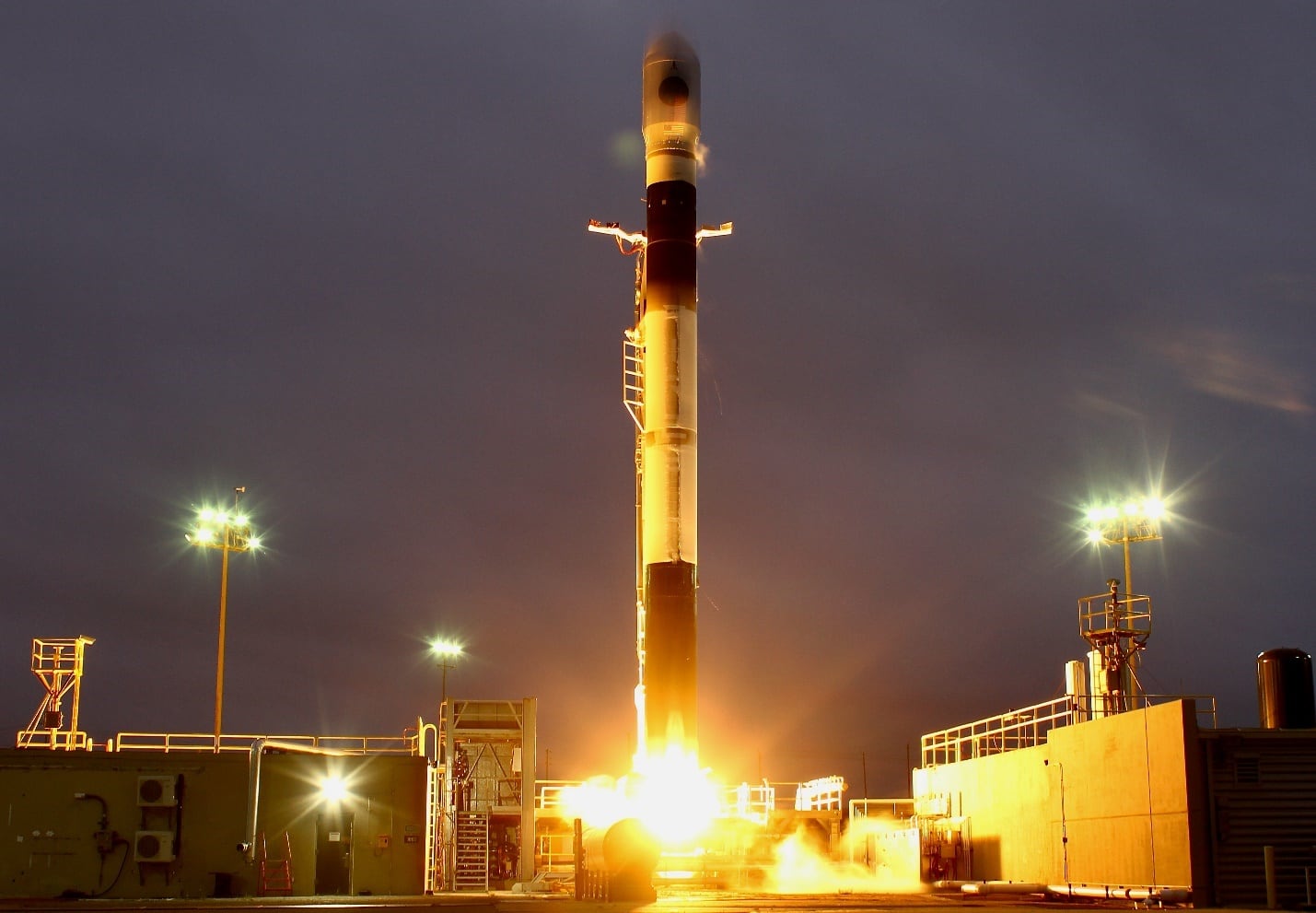Marine Corps public affairs officials have a new means to get breaking news out to the masses.
The Public Affairs Live Media Engagement System (PALMES) is smaller and lighter than its predecessor system, with more reliable connectivity. The Marine Corps has authorized deployment of 25 such units among its expeditionary forces.
"We want to get that content out there as soon as possible to the public who wants it, and today people want news immediately," said Staff Sgt. Charles McKelvey, public affairs systems program analyst at Marine Corps Systems Command, which developed PALMES.
The new system costs about $150,000 per unit, down significantly from the $250,000 price tag attached to the previous Public Affairs News Link System (PANLS).
And yet it is considerably more capable. Most notably, PALMES offers public affairs experts a direct link to the internet, something they didn't have before.
"In public affairs our job is to communicate, and the internet is how we do that today," McKelvey said. With that connectivity, communications teams have ready access to social media, a key ingredient in the present public affairs mix.
Internet connectivity via satellite also makes it easier to push out live, streaming video, a capability that has been sorely lacking. Prior to PALMES, video from Iraq or elsewhere in the field had to be fed to the Defense Video & Imagery Distribution System for global distribution. Sometimes this could delay distribution by days.
Prior to rolling out PALMES, operators were able to demonstrate an ability to distribute video footage in near-real time.
"We field-tested a lot of systems, plugging in Ethernet cables and encoders. We connected to an actual satellite and did live interviews. We wanted to be sure that we could see it and that the delay would be acceptable," said Capt. Kenneth Kunze, a project officer at Marine Corps System Command. Planners tested video capabilities across a broad geography, sourcing broadcasts from the East and West coasts, Hawaii and Okinawa.
In addition to delivering internet connectivity, PALMES also offers a more streamlined hardware package.
"The complete system in its transit case weighs 100 pounds and it is completely checkable on commercial air," McKelvey said. The system consists of a wireless microphone, video camcorder, video encoder and a ground satellite terminal. The collapsible satellite dish can be transported in a 40-pound backpack.
PANLS was four to five times heavier, and the footprint was much larger.
"It wasn't something you could bring to the action," McKelvey said. "If you wanted to do anything live, you almost had to bring the action to the dish, or else have a vehicle or an aircraft dedicated to move the system."
PALMES offers a more portable alternative. A single Marine can set up the system in less than 10 minutes, Kunze said, where it typically took three to four people an average of one hour to put together PANLS.
The ability to deliver timely information goes to the heart of the public affairs mission.
"Marines have friends and family members living in small towns, and for some of them the only information they are getting is in social media, so when we can put their sons and daughters on the Marine Corps Facebook page, that is a huge deal for them," McKelvey said.
As the Marines Corps looks beyond current PALMES deployments, they see ways to make the system even more robust.
While PALMES has operated over commercial Ku band satellites in its initial configuration, the system is certified to operate on the military's WGS satellites, and it will likely be migrating in that direction.
"That opens up a whole other chunk of satellites we can point our remote terminals to, in order to get that DoD-provided bandwidth," Kunze said.
The Marine Corps also is working with the Defense Information Systems Agency to develop a virtual private network (VPN) that would allow public affairs professionals to distribute video direct to the commercial sector, without having to go through the security chokepoints that can slow traffic in military networks.
"If we go into the regular government network, the level of access control makes it difficult to push live video: The firewalls stop us from pushing a live broadcast to commercial television," Kunze said. "The VPN will give us an open pipe to safely and securely send that video without introducing any additional delays."

